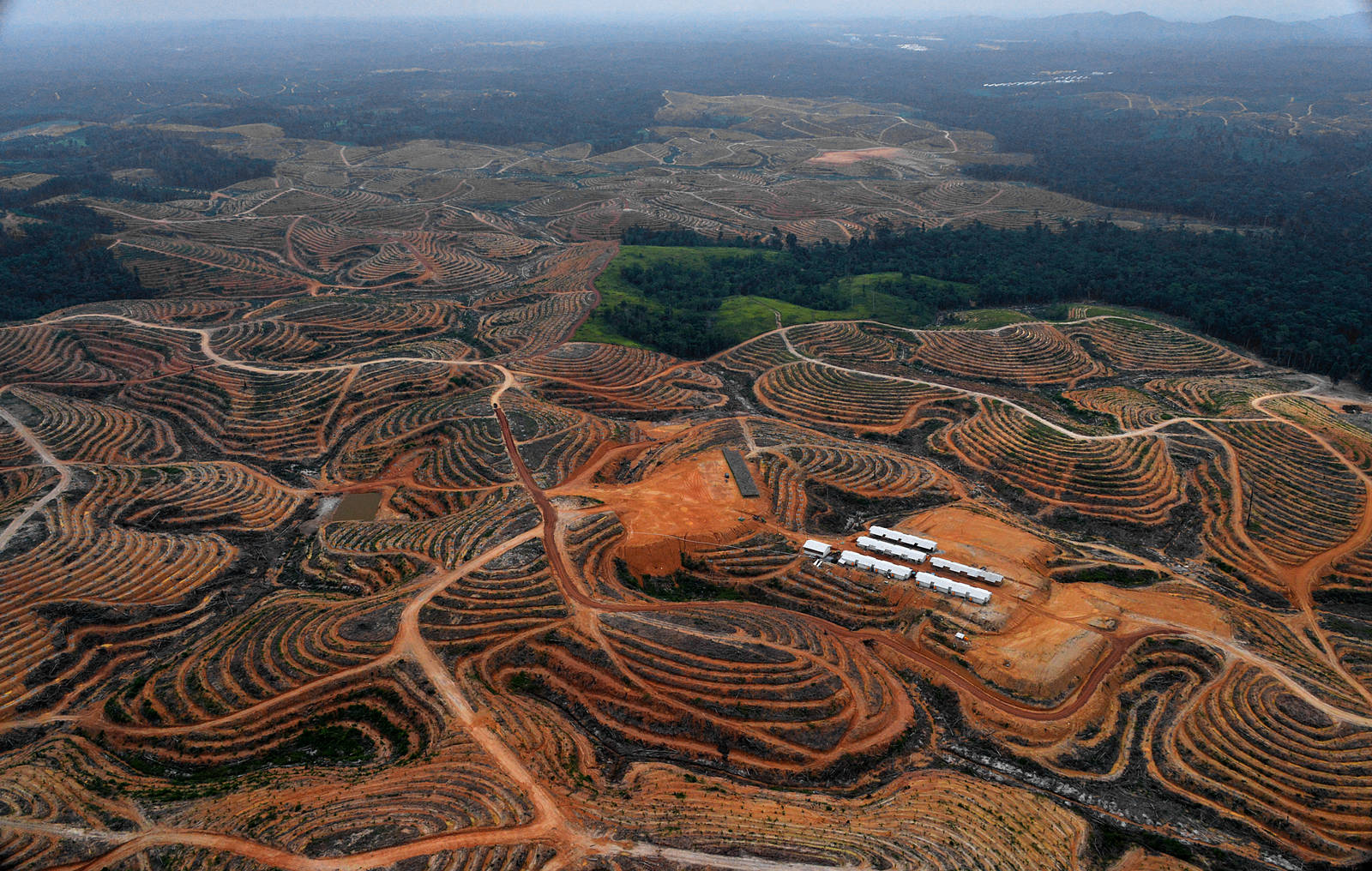In the pursuit of setting conservation priorities and assessing protection activities, detailed species conservation statuses play a crucial role, often relying on assessments such as the International Union for Conservation’s Red List of Threatened Species. However, these assessments typically demand extensive data, substantial time, and expertise. de Lima et al. introduced an innovative, quantitative method that automates the assessment process based on Red List criteria. Applied to nearly 5000 tree species in the Atlantic Forest, a data-rich biodiversity hotspot in South America, this method revealed that over 80% of endemic species are threatened, with 13 species possibly extinct. The availability of data for estimating population reductions, a challenge in many tropical regions, proved essential for determining threatened status.
Despite global biodiversity decline, several biodiversity hotspots lack comprehensive species conservation assessments. This study utilized multiple IUCN Red List criteria and millions of herbarium and forest inventory records to conduct automated conservation assessments for all tree species in the Atlantic Forest biodiversity hotspot, including approximately 1100 previously unassessed species. The results indicate that about 65% of all species and 82% of endemic species face threats. Rediscovery of five species classified as Extinct on the IUCN Red List and identification of 13 endemics as possibly extinct underscore the urgency of conservation efforts. While uncertainties in species information had minimal impact on the assessments, relying on fewer Red List criteria significantly underestimated threat levels. The findings suggest that the global conservation status of tropical forests may be more precarious than previously reported.
https://www.science.org/doi/10.1126/science.abq5099




